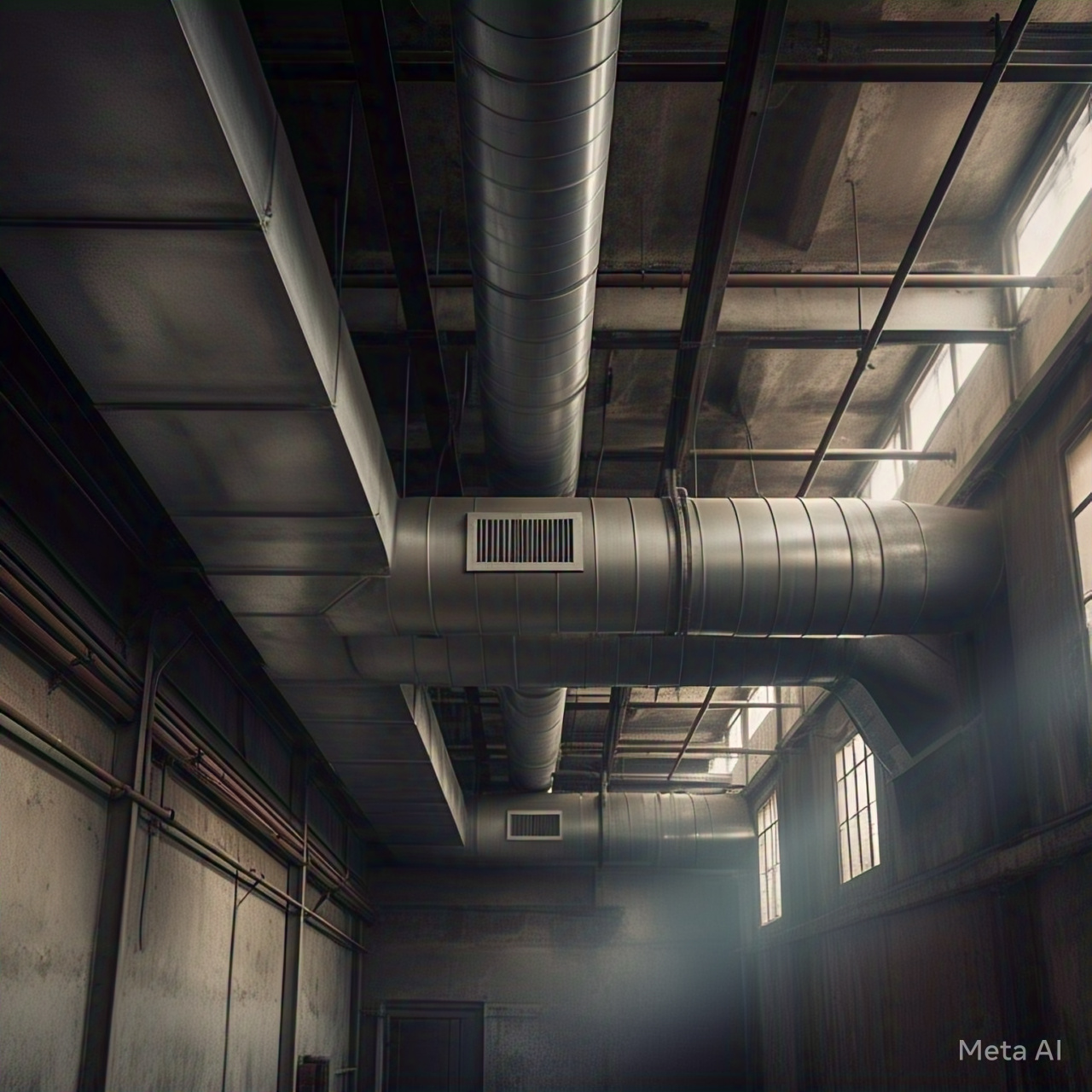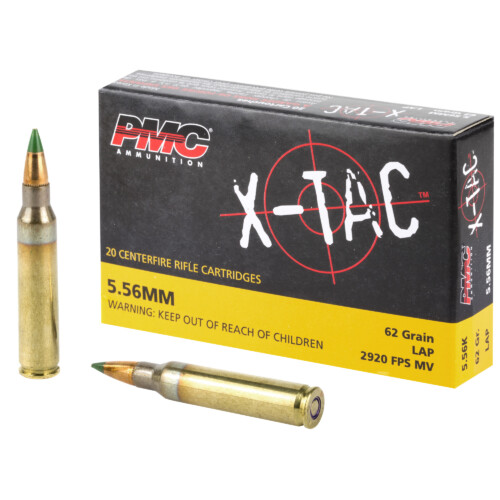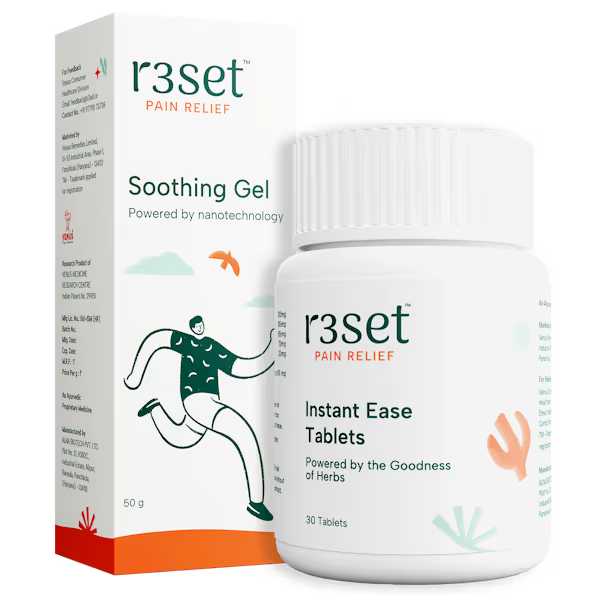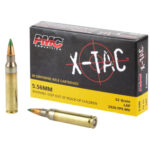Air duct insulation plays a crucial role in maintaining indoor air quality and energy efficiency. Two of the most common types of insulation used in air ducts are fiberglass and cellulose. Both materials have unique properties that cater to different needs and preferences. Understanding their characteristics is essential for homeowners and professionals involved in air duct cleaning and maintenance.
Fiberglass insulation is made from tiny glass fibers, which are woven together to create a lightweight, porous material. This type of insulation is known for its high resistance to moisture and mold, making it a popular choice for various applications. On the other hand, cellulose insulation is derived from recycled paper products, treated with fire retardants, and is known for its environmentally friendly properties. It is often praised for its ability to effectively reduce air leaks, providing a tighter seal in ductwork.
When considering fiberglass insulation vs. cellulose, it is important to weigh the benefits and drawbacks of each material. Factors such as installation costs, efficiency ratings, and long-term performance should be taken into account. Homeowners and professionals must evaluate their specific needs and conditions to determine which type of insulation is best suited for their air ducts.
The Pros and Cons of Fiberglass Insulation in Air Ducts
Advantages of Fiberglass Insulation
1. Moisture Resistance: Fiberglass insulation is inherently resistant to moisture, making it less prone to mold growth and deterioration. This characteristic is particularly beneficial in humid climates where moisture can be a significant concern.
2. Non-combustible: Fiberglass insulation is non-combustible, meaning it will not ignite or contribute to the spread of fire. This feature adds an extra layer of safety for homeowners, especially in areas where fire risk is a concern.
3. Long Lifespan: With proper installation and maintenance, fiberglass insulation can last for many years without significant degradation. This durability translates to lower replacement costs and less frequent need for air duct cleaning.
Disadvantages of Fiberglass Insulation
· Health Concerns: The tiny glass fibers that make up fiberglass insulation can become airborne and irritate the skin, eyes, and respiratory system. Homeowners should take precautions during installation and maintenance to minimize exposure.
· Energy Efficiency: While fiberglass insulation is effective, it may not provide the same level of energy efficiency as cellulose insulation. Air can easily escape through gaps, which can lead to higher heating and cooling costs over time.
· Installation Challenges: Installing fiberglass insulation can be labor-intensive and requires specialized knowledge. Incorrect installation may lead to reduced performance and increased energy costs.
The Importance of Professional Dryer Duct Cleaning in Tampa
In Tampa, the importance of professional dryer duct cleaning cannot be overstated. Over time, lint and debris can accumulate in dryer ducts, creating a fire hazard and reducing the efficiency of the dryer. Regular cleaning is essential to ensure that the dryer operates safely and effectively.
Professional dryer duct cleaning services in Tampa utilize specialized tools and equipment to remove lint buildup and ensure that the entire duct system is free from obstructions. This thorough cleaning process not only enhances the performance of the dryer but also prolongs its lifespan. Homeowners who neglect this essential maintenance task may find themselves facing costly repairs or even dangerous situations.
Moreover, clean dryer ducts contribute to improved indoor air quality. As lint and debris accumulate, they can release harmful particles into the air, negatively impacting the health of the household. By investing in professional cleaning services, homeowners can create a safer and healthier living environment for their families.
Key Benefits of Professional Dryer Duct Cleaning
· Increased Efficiency: A clean dryer duct allows for better airflow, reducing drying times and lowering energy costs.
· Fire Safety: Regular cleaning minimizes the risk of dryer fires caused by lint buildup, protecting both the home and its occupants.
· Enhanced Lifespan: Maintaining a clean duct system can prolong the life of the dryer, saving homeowners money on replacements and repairs.
Making the Right Choice: Factors to Consider When Selecting Air Duct Insulation
When faced with the decision of choosing between fiberglass insulation vs. cellulose, several factors should be taken into account. Understanding these elements can help homeowners make informed decisions that best suit their needs and circumstances.
1. Cost of Installation
One of the primary factors influencing the choice of insulation material is the cost of installation. Fiberglass insulation typically has lower initial material costs, but the overall expense may increase depending on the complexity of the installation. Alternatively, cellulose insulation may have a higher upfront cost but can lead to long-term savings due to its superior energy efficiency. Homeowners should evaluate their budgets and consider the potential long-term benefits of each option.
2. Energy Efficiency Ratings
Energy efficiency is a critical consideration when selecting air duct insulation. Cellulose insulation generally has a higher R-value, which measures its thermal resistance. This means that cellulose is more effective at regulating indoor temperatures, leading to reduced energy costs over time. Homeowners should assess their energy efficiency goals and choose the insulation material that aligns with their objectives.
3. Environmental Impact
For environmentally conscious homeowners, the ecological footprint of insulation materials is an important factor. Cellulose insulation is made from recycled materials, making it a more sustainable choice compared to fiberglass. Additionally, cellulose insulation has a lower impact on the environment during production and disposal. Homeowners should weigh the environmental implications of their insulation choices when making decisions.
4. Maintenance Requirements
Finally, the maintenance requirements of each insulation type should be taken into consideration. Fiberglass insulation is generally low-maintenance, while cellulose insulation may require periodic inspections to ensure that it remains effective. Homeowners should assess their willingness and ability to maintain their insulation to determine the best option for their homes.
In the ultimate showdown of fiberglass insulation vs. cellulose, both materials have their advantages and disadvantages. Homeowners and professionals must consider various factors, including cost, energy efficiency, environmental impact, and maintenance requirements, to make an informed decision that best meets their needs. Additionally, the importance of professional dryer duct cleaning in Tampa should not be overlooked, as it plays a critical role in maintaining a safe and healthy home.
By thoroughly evaluating the characteristics of each insulation type and understanding the importance of proper maintenance, homeowners can ensure that their air duct systems operate efficiently and effectively. The right choice can lead to improved indoor air quality, reduced energy costs, and a safer living environment.
If you are considering your options for air duct insulation or need assistance with dryer duct cleaning in Tampa, it is essential to consult with professionals who can provide expert advice tailored to your specific situation. Remember that investing in quality insulation and regular maintenance can pay off in the long run, enhancing the comfort and safety of your home.
For expert advice on choosing between fiberglass insulation and cellulose, or to schedule professional dryer duct cleaning in Tampa, contact your local specialists today. Invest in your home’s efficiency and safety https://proattic.com/attic-services/attic-cleaning-and-restoration/!





